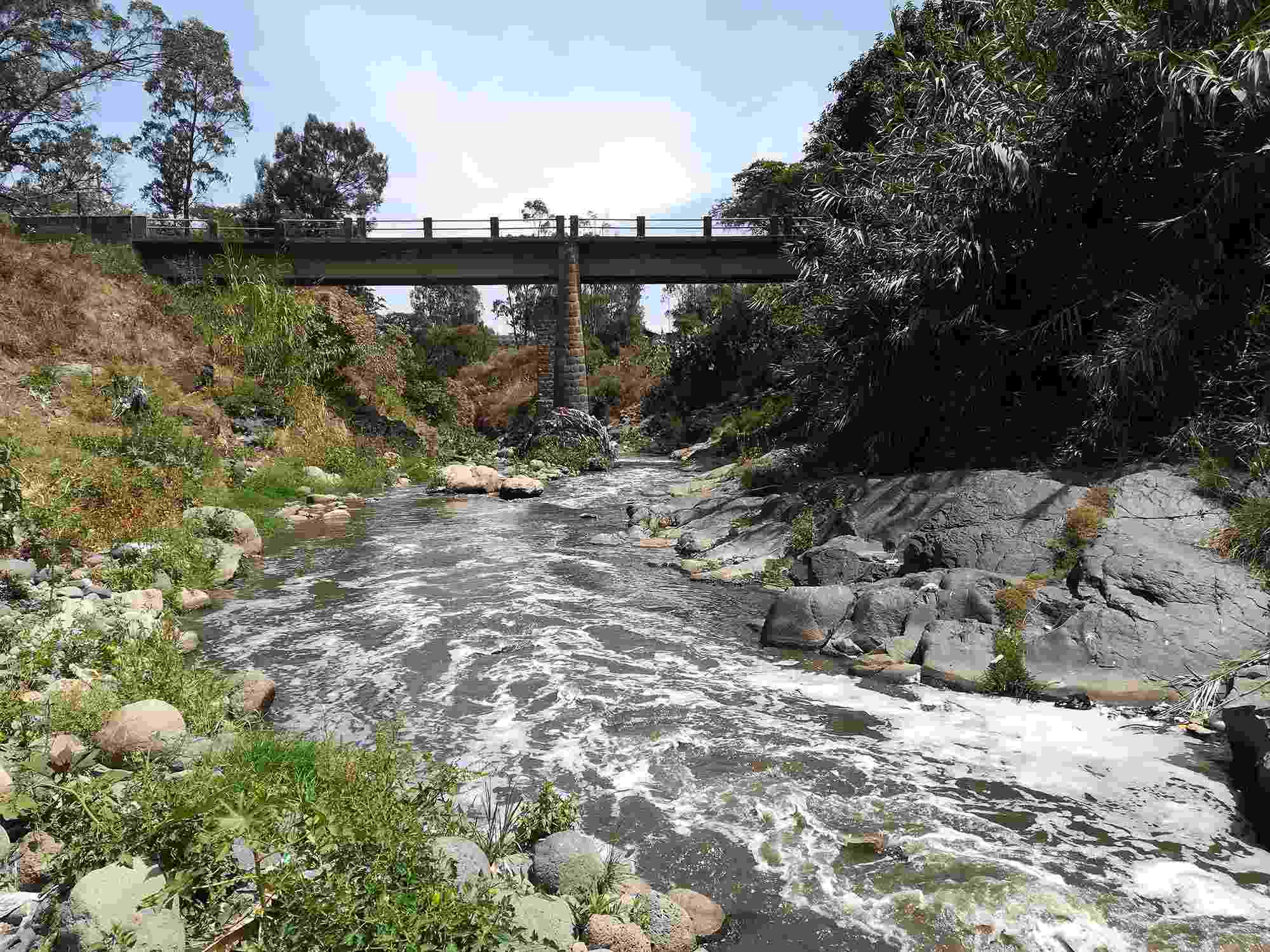Trace element levels in nails of residents of Addis Ababa are shaped by social factors and geography
02 March 2022


Part of the Akaki River, Ethiopia
Authors: Bitew K. Dessie, Bewketu Mehari, Sirak Robele Gari, Adane Mihret, Adey F. Desta, Samuel Melaku, Tena Alamirew, Claire L. Walsh, David Werner & Gete Zeleke
The Akaki catchment in Ethiopia is home to Addis Ababa and about five million people. Its watercourses receive a variety of wastes released by both residents and industries, and river water is used for irrigation, livestock watering, and other domestic purposes. This study tested the hypothesis that river pollution would be reflected in higher levels of trace elements in the nails of residents living in Akaki-Kality Sub-City in the downstream of the Akaki catchment, as compared to those living in Gullele Sub-City in the upstream. Samples were taken and subsequently analysed for metals using inductively coupled plasma optical emission spectrometry (ICP-OES).
Contrary to the initial hypothesis, higher metal levels were found in nails of residents living in the upstream rather than the downstream area of the catchment. In particular, the concentrations of Fe (p = 0.000), Zn (p = 0.01), and Mn (p = 0.000) were significantly elevated in nails from Gullele and high in comparison with internationally reported values. Geography and social factors, especially education level, correlated to trace metals in nails. Most of the elements were significantly lower in the nails of individuals with a university degree compared to those who were illiterate or only completed primary school.



